Montserrat
Montserrat isn’t on the tourist track. Ever since a volcano destroyed the airport, buried the capital with lava, and smothered 2/3 of the island with ash, few tourists have visited this island. Between 1995 and 2000, two-thirds of the island’s residents were forced to flee, mostly to the UK. The following decade, the volcano rained molten rock and spewed poisonous gases, transforming the southern half of the island from a lush garden into a barren moonscape. Since 2010, Montserrat’s few remaining citizens have tolerated occasional earthquakes and are prohibited from visiting the southern half of the island. The volcano could erupt again at any time.
Although the island has a new airport, traffic to Montserrat is light. The plane shown here is how I got to the island. There was one pilot and four passengers. Three of the passengers were on official government business. And then there was me, looking out the window taking lots of photos. I like islands where I’m the only tourist. (Remember Kosrae?) An active volcano is a bonus.
Note the shamrock on the tail of the airplane. Montserrat is known as the Emerald Isle because it is/was so green and because it was initially settled by Irishmen. That might explain why I couldn’t understand the driver who came to the airport to pick me up. He spoke Creole with an Irish brogue. Absolutely unintelligible! On Montserrat, I rented a place called Gingerbread Hill. My studio with ocean view cost $35/night. When there aren’t many tourists, it’s easy to negotiate good deals on accommodations.
The Soufriere Hills Volcano is the most studied volcano in the world. So, the #1 place to go on Montserrat is the Volcano Observatory. Dr. Graham Ryan, updated me on the status of his volcano. The volcano is currently at risk level #1, which is the quietest level. This means that it’s releasing small amounts of sulfurous gases, its expansion rate is slow to moderate, and there aren’t many earthquakes. I’d picked a quiet time to visit Montserrat … which was probably a good thing.
From 1995 until 2010, eruptions buried Plymouth, Montserrat’s capital, in lava and ash. Only the tops of the taller buildings are visible today. Montserrat hopes to build a new capital on the north end of the island some day. However, with a reduced population, the need for government services is limited.
As volcanoes go, the Soufriere Hills Volcano is the most dangerous type because it’s an andesitic stratovolcano. Its magma is extremely viscous. Even at 1000°C, it has the consistency of cold peanut butter. Instead of producing liquid lava that flows smoothly downhill to the ocean like Hawaiian lava, this volcano’s magma expands grotesquely into a giant dome at the top of the mountain. Then, when it can’t get any larger, the dome explodes, releasing clouds of pent up gases and fiery boulders which blast down the mountain killing everything in their path. Mount St. Helens in Washington is the same type of volcano.
I rented a 4×4 so that I could explore the island. As I drove around Montserrat, I tried to imagine how it would feel to have the verdant hills in my back yard suddenly turn into a deadly volcano. Although the volcano seems to have gone into a quiet phase, the south half of the island looks awful and is inaccessible without a special permit.
Meanwhile, the north end of the island has beautiful beaches. Since this is a volcanic island, the beach sand is black. I had most beaches to myself. My footprints were the only ones there.
Montserrat feels like the undiscovered Caribbean of the 60’s and 70’s. When I was a teen, my family took me to the US Virgin Islands and Antigua. We stayed in simple accommodations, navigated potholed roads, accepted limited services and saw few other visitors. At Montserrat’s two-room museum, I read that Paul McCartney used to vacation in Montserrat with his children because nobody knew about this island. People still don’t know about Montserrat. But now you do.

Regarding current Covid travel restrictions: Montserrat has no government website where one submits information prior to arrival. Before boarding my plane, I presented my Covid vaccination card and a negative antigen test from the previous day. On arrival at the Montserrat airport, I was required to be antigen tested again. Although this additional test seemed redundant, the airport staff couldn’t release me until my rapid antigen test showed negative — so I paid my $55 and waited 15 minutes. Was this a case of strict health precautions, or just a way to generate revenue for the island? Maybe a little of both.
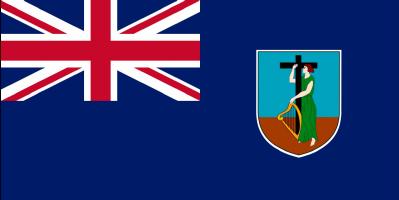

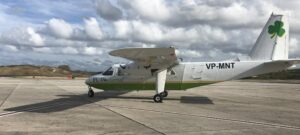
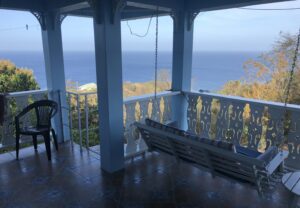
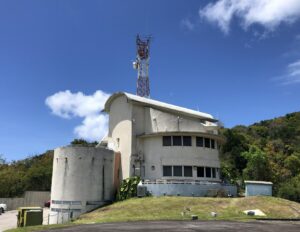
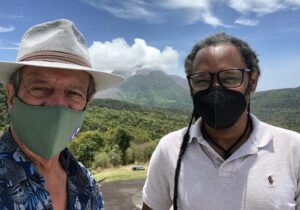
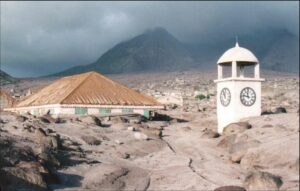


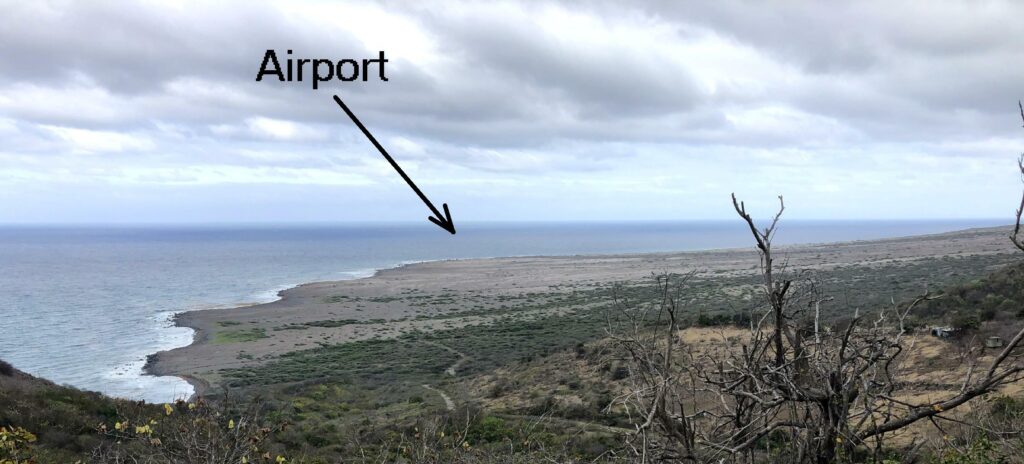
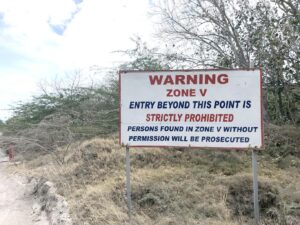

Nice job here.
Didn’t know this: As volcanoes go, the Soufriere Hills Volcano is the most dangerous type because it’s an andesitic stratovolcano. Its magma is extremely viscous.
Hi Nick – enjoying your sharing of your journey(s). They are certainly interesting and informative. Amazing how much we do NOT know about our beautiful world!
So, thank you for being able to provide us with all of the wonderful photography of and personal descriptions of these wonderful and unique destinations – hopefully they will be added to your next book!
All the best,
Bill Hargreaves
One of my best friends is from Montserrat.
I appreciated your comparison of the volcano to Mount St. Helens, which indeed left a swath of destruction for miles around. One can still see the impact in the form of fallen timber and altered waterways 40-plus years later, and that helped me visualize what Montserrat is facing. Folks in Hawaii can co-exist with their lava flows, but not in the PNW with our pyroclastic flows. And if Mount Rainier ever blows …. On the flip side, the ash that fell in the Yakima area — 85 miles northeast as the wind blows — has helped the dogwood, candytuft and other foliage now in full bloom in my median strip of condo “yard.” Enjoyed your observations, as always. Hope the Nashville reunion went well.